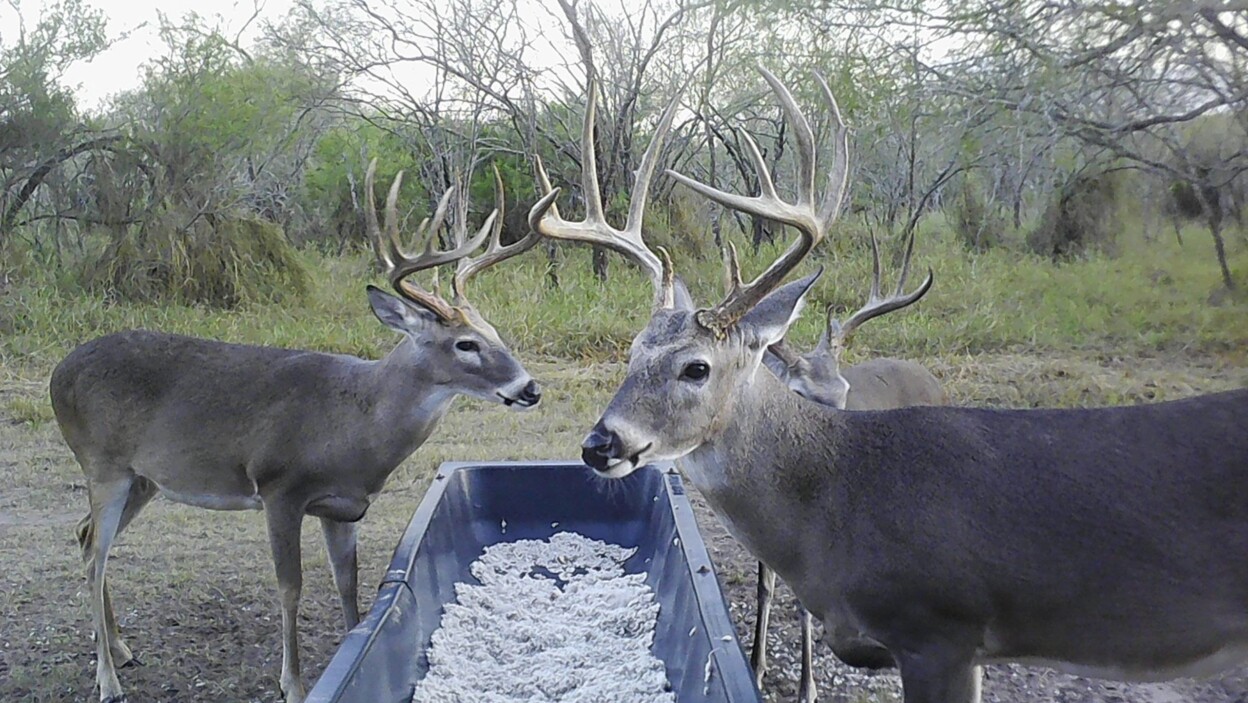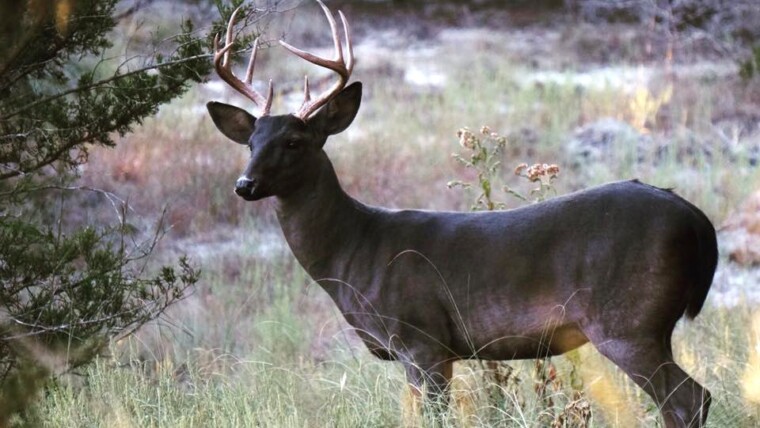
The pros and cons of high fenced hunting are discussed in this article. You’ll learn the costs and benefits of high-fenced hunting, as well as how the practice fits in with the law. Read on for the reasons why some hunters favor high-fenced hunting and which is best for you.
Arguments for and Against High Fence Hunting
The argument for and against high fence hunting has been a controversial topic for years. The practice of congregating large numbers of animals is known to cause disease and is not healthy for either the animals or humans. Private deer ranches in Texas have been stocking these animals since the 1930s. The controversial practice is still being used to this day. Deer are the main prey for high fence hunters. The practice is controversial because it has been linked to a spike in CWD cases, and the animals from such farms are genetically inferior to those that are released in wild areas.
However, there is one significant benefit to high-fenced hunting. While it does not completely eliminate pests, it does significantly reduce the spread of pests. In addition to the reduced invasion of pest species, high-fenced hunting areas also reduce the risk of unauthorized bucks roaming onto the land and polluting the gene pool. High-fenced hunting operations also promote the restoration of the land to its natural state. Therefore, both sides of the argument have valid points.
Another argument against high fence hunting is the ethical issues. Many hunters object to high fence hunting because it violates the concept of fair chase. A fair chase involves the hunter not placing itself in an unfair position and having a realistic chance of escaping. High-fenced hunting is also unethical, as deer are confined to smaller areas, and the environment is more unpredictable. In addition, the fenced-in areas are easy to hunt.
Some hunters claim that high-fenced hunting is unethical, while others say that it is just because it is not ethical. Regardless of the ethical concerns, high fence hunting is not the answer for everyone. But for many hunters, this debate is complicated. So let’s explore the arguments for and against high fence hunting. There are many proponents and opponents of this practice. This is only one side of the debate, however.
Benefits
One of the main benefits of high fenced hunting properties is that the deer population is kept in check. The population of white-tailed deer must not be overpopulated with other ungulate species. It is also important to keep the number of cattle to a moderate level. Keeping cattle numbers to a moderate level helps prevent overgrazing, which causes deer to overeat protein-rich forbs and browse plants.
High-fenced ranches also help preserve the environment by keeping pests out and limiting agricultural use. Agricultural use depletes natural habitats, introduces harmful pesticides, and kills native species. High-fenced hunting ranches protect biodiversity by limiting the number of invasive species and restoring the land to its natural state. It is an ethical and legal way to manage wildlife and protect the environment.
Public lands are frequently overrun by hunters and animals are often taken before they are fully mature. It can be intimidating for new hunters to try big game in a wilderness setting. High-fenced hunting ranches provide a safe environment for novice and experienced hunters, and they also promote conservation. While you might be intimidated by the prospect of hunting in the wild, high-fenced hunting ranches will help you become a more successful hunter.
A major benefit of high-fenced hunting ranches is that they fulfill a growing demand for big game hunting. While public lands have already been saturated by hunters, high-fenced hunting preserves are a great way to increase the amount of available hunting space. And the animals themselves are healthier and happier – a true hunting experience. However, high-fenced ranches aren’t without their flaws – they are a wonderful addition to society and can contribute to a healthy economy.
Costs
The owners of high-fenced hunting operations make great money every hunting season. Because they are so profitable, they fight state agencies to protect the land. High fences are also ethical. You should know what you’re getting into before you go for a hunt. Here are the costs and benefits. Listed below are some tips to make your hunting trip successful. Read on to find out how much you can save on your next hunt.
Public land is expensive. The hunter needs to invest their time and money to find a good piece of land. In addition to the costs, public land is not always accessible. If you’re a first-time hunter, a high-fenced hunting ranch will be a great place to start. High-fenced hunting also promotes conservation. By choosing a reputable high-fenced hunting ranch, you can rest easy knowing you’ll be rewarded with a successful hunt.
The cost of a high-fenced hunting area depends on its quality. Despite the high price, these hunting areas are well-maintained and have wildlife and plants that are native to Texas. You can expect to get more animals if you choose a high-fenced hunting area. However, if you have a large property, a high-fenced hunting area will increase your hunting costs, so if you don’t want to spend money on expensive fences, you can opt for a low-feet hunt instead.
While high-fenced hunting isn’t for everyone, many landowners cite an increased control over their deer herd as the main reason they built it. While deer are valuable for their land, a high-fenced hunting area can also affect the ecosystem and plant communities on your land. This can reduce the value of your land. And it’s also the best way to protect your property’s value.
Legality
A high fence operation encloses an area, creating an artificial enclosure for a hunter to shoot an animal. While a high fence may appear to be a nuisance, it does provide a quality hunt and a good inventory of game. Opponents, however, argue that this is unethical and does not provide an authentic hunting experience. The animals are often caged in high fence operations, making them less likely to be ethical.
The legality of high-fenced hunting is still up for debate in many states. The Boone and Crockett Club refuses to certify game within an artificial barrier, but a committee has been formed to create a category specifically for these types of areas. Some states have already legalized high-fence hunting. Hunters should check with their local law enforcement officials for any updates or changes to the laws. In Alabama, there are no minimum requirements for high fence enclosures.
Another common concern about high-fence hunting is the environment. It destroys native plants and adds harmful pesticides to the environment. High-fence hunting, on the other hand, reduces the risk of invasive species. By reducing the risk of pest species, high-fenced hunting can help return the land to its natural state. Furthermore, high-fence hunting protects the biodiversity of the land inside the fence. It protects the plants and wildlife that are native to the area.
While high-fenced hunting is controversial, it is a lucrative business for the owners. They make tons of money each hunting season. The owners fight state agencies to protect these areas. It is ethical and legal. Many states have passed laws requiring high-fence hunting. It is a great business idea and is growing in popularity. It is important to note, however, that this type of hunting is not allowed in all states.
Is it a Good Idea?
Some people may be concerned that high-fenced hunting is less authentic than traditional hunting, but the reality is different. High-fenced hunting helps protect the environment and is a lucrative business for landowners. It limits agricultural use, which destroys native plants and adds dangerous pesticides to the environment. Because of the income high-fenced hunting provides, owners are able to fight state agencies to protect the land. In addition to protecting the land, high-fenced hunting ranches promote biodiversity by restoring the land to its natural state.
Not everyone who has high-fenced hunting properties are aiming for trophy whitetails. High-fenced hunting property owners tend to be conservation-minded and have invested in quality wildlife genetics. High-fenced properties also offer a controlled breeding environment that keeps out unauthorized bucks. Moreover, the high-fenced area does not allow deer to wander off into other areas and pollute the gene pool.
Some hunters may object to the idea of high-fenced hunting because it raises strong emotions in non-hunters and hunters. For instance, if a non-hunting individual hears about a hunter shooting an animal with a high-fenced enclosure, they may conclude that the whole thing is unethical. On the other hand, the public will not be able to distinguish ethical high-fenced hunting situations from unethical ones.
The argument against high-fenced hunting is equally valid, however. In some states, the law restricts hunting on private land. This is true in many states, where private property rights are valued and high-fenced hunting places have become a lucrative business for landowners. In Texas, high-fenced hunting preserves are also breeding grounds for chronic wasting disease, a disease that kills millions of animals each year.








